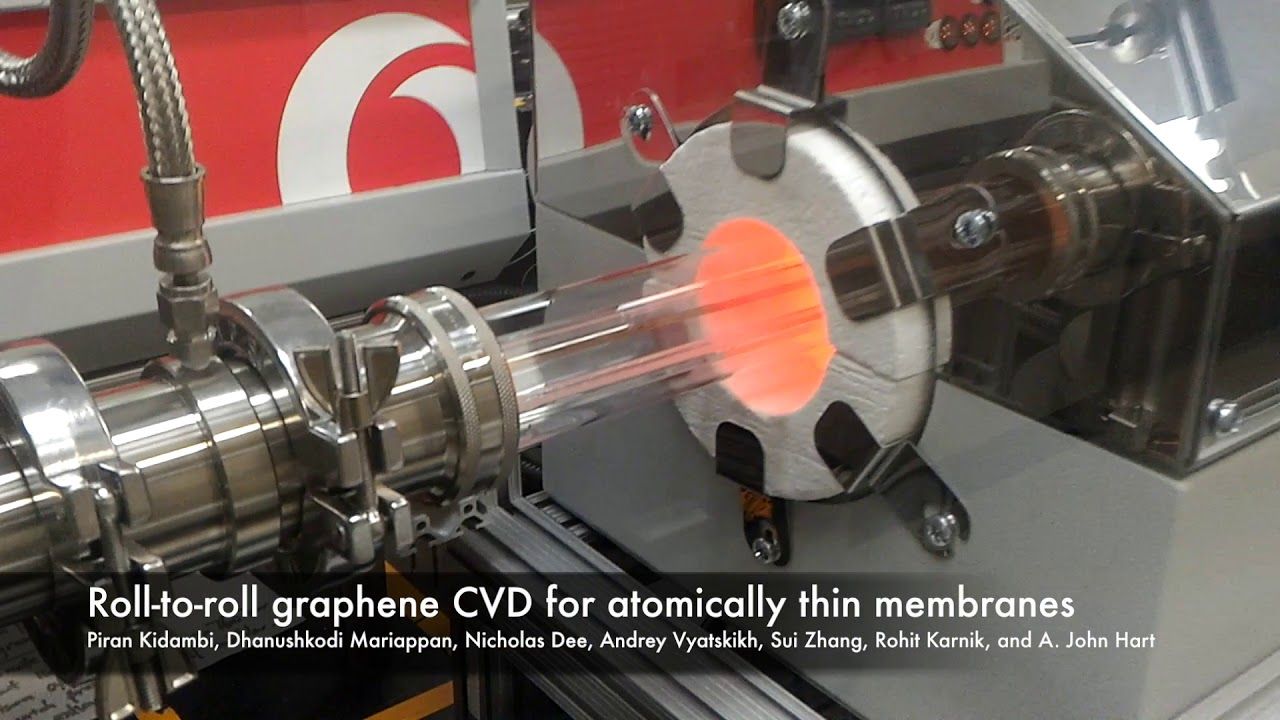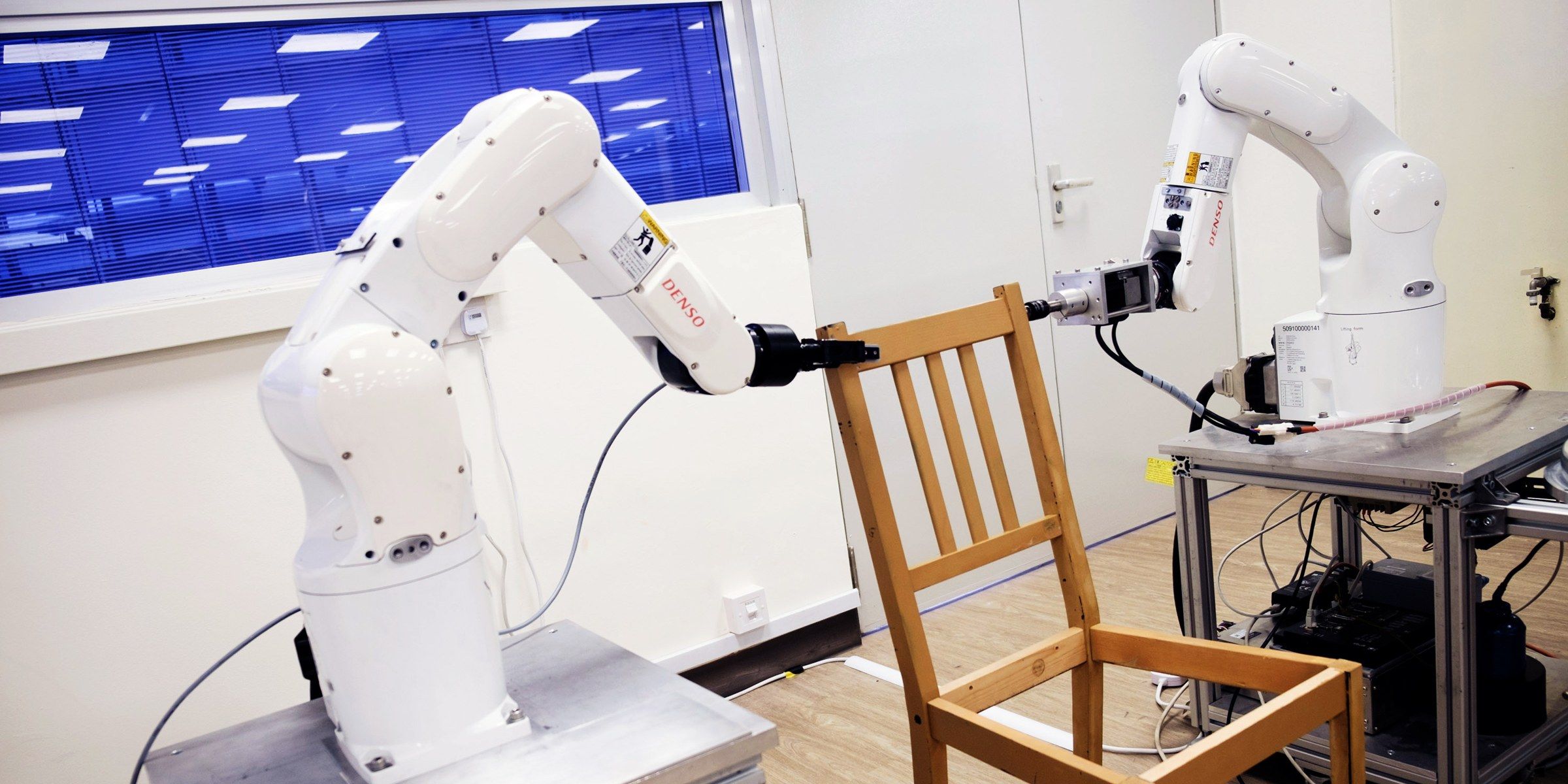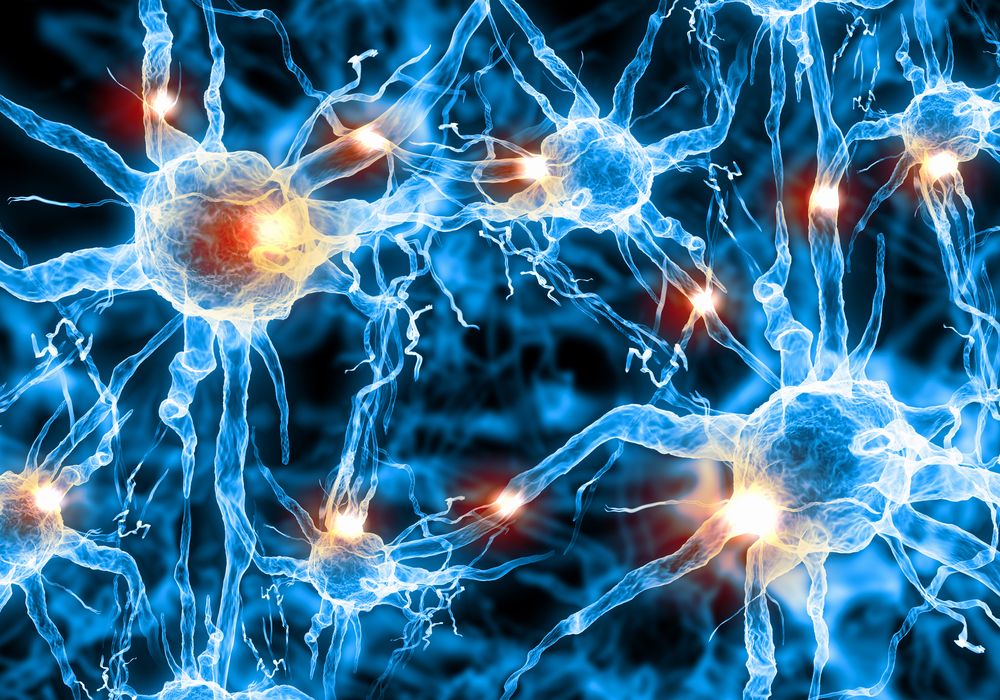Page 8857
Apr 18, 2018
A Robot Does the Impossible: Assembling an Ikea Chair Without Having a Meltdown
Posted by Genevieve Klien in categories: robotics/AI, singularity
And just like that, humanity draws one step closer to the singularity, the moment when the machines grow so advanced that humans become obsolete: A robot has learned to autonomously assemble an Ikea chair without throwing anything or cursing the family dog.
Researchers report today in Science Robotics that they’ve used entirely off-the-shelf parts—two industrial robot arms with force sensors and a 3D camera—to piece together one of those Stefan Ikea chairs we all had in college before it collapsed after two months of use. From planning to execution, it only took 20 minutes, compared to the human average of a lifetime of misery. It may all seem trivial, but this is in fact a big deal for robots, which struggle mightily to manipulate objects in a world built for human hands.
To start, the researchers give the pair of robot arms some basic instructions—like those cartoony illustrations, but in code. This piece goes first into this other piece, then this other, etc. Then they place the pieces in a random pattern front of the robots, which eyeball the wood with the 3D camera. So the researchers give the robots a list of tasks, then the robots take it from there.
Continue reading “A Robot Does the Impossible: Assembling an Ikea Chair Without Having a Meltdown” »
Apr 18, 2018
The Quantum Race the United States Can’t Afford To Lose
Posted by Genevieve Klien in categories: military, neuroscience, quantum physics
The quantum race is on, and the stakes are high. The winner will gain a military and intelligence edge, as well as a first mover advantage in what is guaranteed to be a massive industry for decades to come. How will the United States fare?
Blog Post by Guest Blogger for Adam Segal.
Apr 18, 2018
Artificial intelligence can scour code to find accidentally public passwords
Posted by Genevieve Klien in categories: encryption, robotics/AI, security
Sometimes sensitive data, like passwords or keys that unlock encrypted communications, are accidentally left open for anybody to see. It’s happened everywhere from the Republican National Committee to Verizon, and as long as information can be public on the internet the trend isn’t going to stop.
But researchers at software infrastructure firm Pivotal have taught AI to locate this accidentally public sensitive information in a surprising way: By looking at the code as if it were a picture. Since modern artificial intelligence is arguably better than humans at identifying minute differences in images, telling the difference between a password and normal code for a computer is just like recognizing a dog from a cat.
The best way to check whether private passwords or sensitive information has been left public today is to use hand-coded rules called “regular expressions.” These rules tell a computer to find any string of characters that meets specific criteria, like length and included characters. But passwords are all different, and this method means that the security engineer has to anticipate every kind of private data they want to guard against.
Continue reading “Artificial intelligence can scour code to find accidentally public passwords” »
Apr 18, 2018
Shared Autonomy via Deep Reinforcement Learning
Posted by Genevieve Klien in category: futurism
Apr 18, 2018
Bioquark Inc. — Cracking the Entrepreneur Code Podcast — Ira Pastor
Posted by Ira S. Pastor in categories: aging, biotech/medical, business, disruptive technology, DNA, economics, finance, genetics, health, life extension
Tags: anti-aging, bioquark, biotech, business, health, invention, Venture Capital, wellness
Apr 18, 2018
A Review of Stem Cell Therapies for Alzheimer’s Disease
Posted by Steve Hill in categories: biotech/medical, life extension, neuroscience
A new open access paper takes a look at the potential of regenerative medicine for the treatment of Alzheimer’s disease [1]. The review covers approaches such as spurring the production of new neurons and transplanting new neurons while taking a look at the disease-modeling approaches and techniques that science is now using to refine approaches to treating Alzheimer’s.
The authors here investigate how induced pluripotent stem cells (iPSCs) are contributing to the growing knowledge in the field by allowing researchers to create increasingly refined models of Alzheimer’s disease. A current problem we have is that animal models do not emulate the disease closely enough to lead to translational therapies that work in humans; this is why so many new medicines that work in mice fail in clinical trials. The review takes a look at the challenges and how science is working to develop better models.
Introduction
Continue reading “A Review of Stem Cell Therapies for Alzheimer’s Disease” »
Apr 18, 2018
Full of hot air and proud of it
Posted by Bill Kemp in categories: chemistry, engineering
This could be used for hydrogen storage.
Of the four states of matter, gases are the hardest to pin down. Gas molecules move quickly and wildly and don’t like to be confined. When confined, heat and pressure build in the container, and it doesn’t take long before the gas blows the lid off the place, literally. Luckily, gases are superficial. Provide them with an attractive internal surface area, and they’ll pin themselves down in no time. No, it’s not love at first sight, it’s adsorption.
“Adsorption is the processes of gas pinning to the surface of another material—the inside walls of a container, for example,” says Chris Wilmer, assistant professor in Pitt’s Department of Chemical and Petroleum Engineering. “When adsorption occurs, the gas molecules stop bumping into each other, reducing pressure. So, by increasing a container’s internal surface area, we can store more gas in less space.”
Apr 18, 2018
Scalable manufacturing process spools out strips of graphene for use in ultrathin membranes
Posted by Bill Kemp in categories: biological, engineering, nanotechnology

MIT engineers have developed a continuous manufacturing process that produces long strips of high-quality graphene.
The team’s results are the first demonstration of an industrial, scalable method for manufacturing high-quality graphene that is tailored for use in membranes that filter a variety of molecules, including salts, larger ions, proteins, or nanoparticles. Such membranes should be useful for desalination, biological separation, and other applications.

















